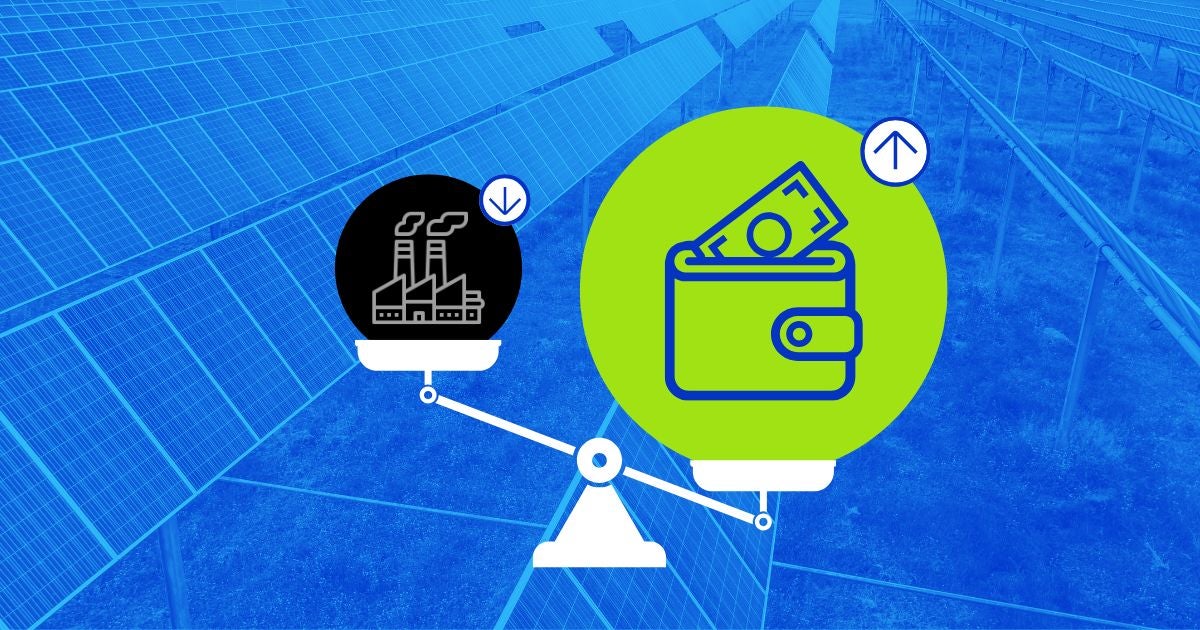It’s a new dawn. It’s a new day. It’s a new energy task force in North Carolina, and EDF is honored to have a role in this state initiative to meet the challenge of rising electricity demand. If we fail to build enough electricity generation to keep up with rising demand, that will mean bill shock for NC households. Many people have opened the highest electricity bill of their life this summer, a trend that will continue if we don’t find a way to get costs under control while phasing out our coal fleet and finding the right mix of next-generation technologies.
We’re in a time of broader uncertainty, with federal policy in flux and high interest rates challenging developers and utilities who need to make investments in their growing systems.
But North Carolina has a history of innovating in power sector regulation, regardless of what is happening in Washington, DC. The Clean Smokestacks Act in 2002 helped clean up an aging coal fleet, and House Bill 951 in 2021 set power sector emission reduction targets to put the state on a path towards a cleaner, more diversified energy generation portfolio. We must set our own course and learn from other states who are experimenting with new ways to meet power demand, which is rising faster than traditional power plants like coal, gas or nuclear, and can realistically be built.
We have to expand the range of options on the table to meet a surge in demand from data centers and new industrial sources. That means tapping into batteries on people’s homes, incentivizing large facilities to reduce their usage during peak demand times and building as much of the quickest-to-market resources we can — which are primarily solar and batteries.
Read More »










